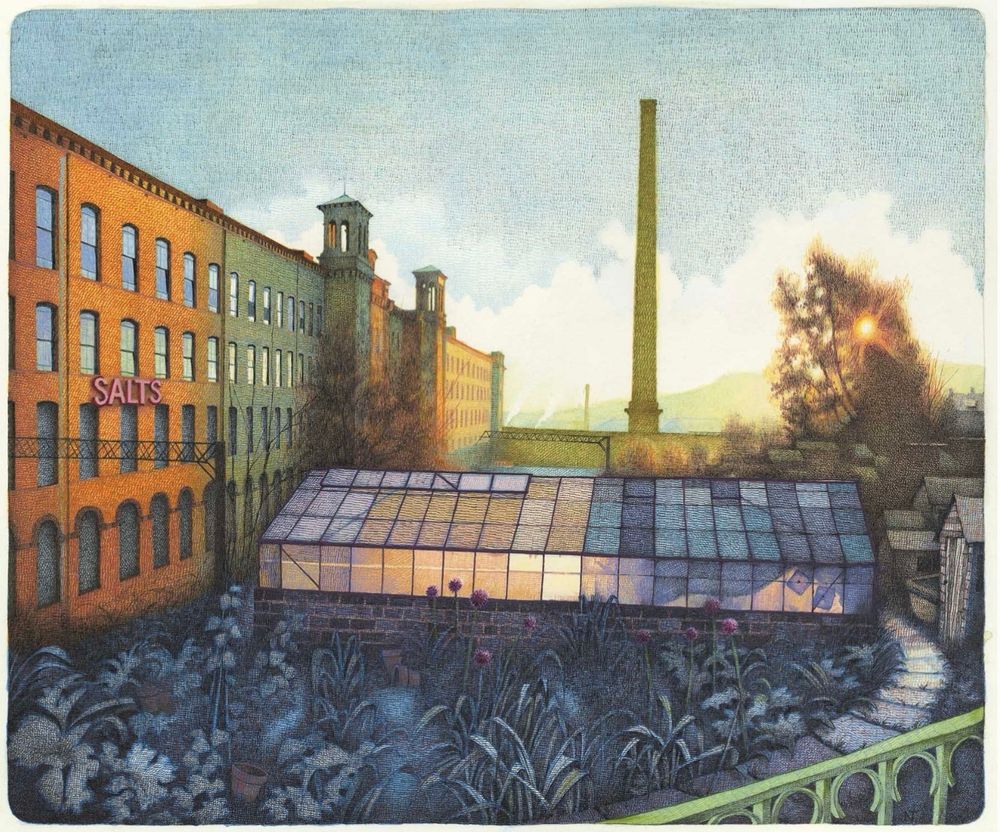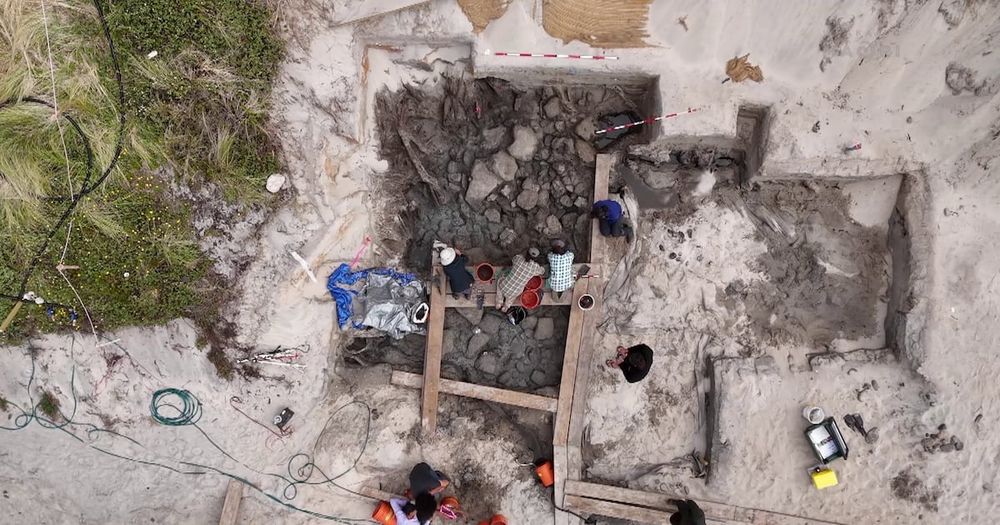
Mini-social media conference Monday March 3rd 2pm-4pm
Watercolour, acrylics and black pen, 2019.

Watercolour, acrylics and black pen, 2019.

👉The Climate Heritage Paradox – how rethinking archaeological heritage can address global challenges of climate change. World Archaeology, 55(3), 268–281. doi.org/10.1080/0043...
#heritagefutures #futuresliteracy #unesco #climateheritage

👉The Climate Heritage Paradox – how rethinking archaeological heritage can address global challenges of climate change. World Archaeology, 55(3), 268–281. doi.org/10.1080/0043...
#heritagefutures #futuresliteracy #unesco #climateheritage


You can find the full video here: drive.google.com/file/d/1B9Ju...

You can find the full video here: drive.google.com/file/d/1B9Ju...









